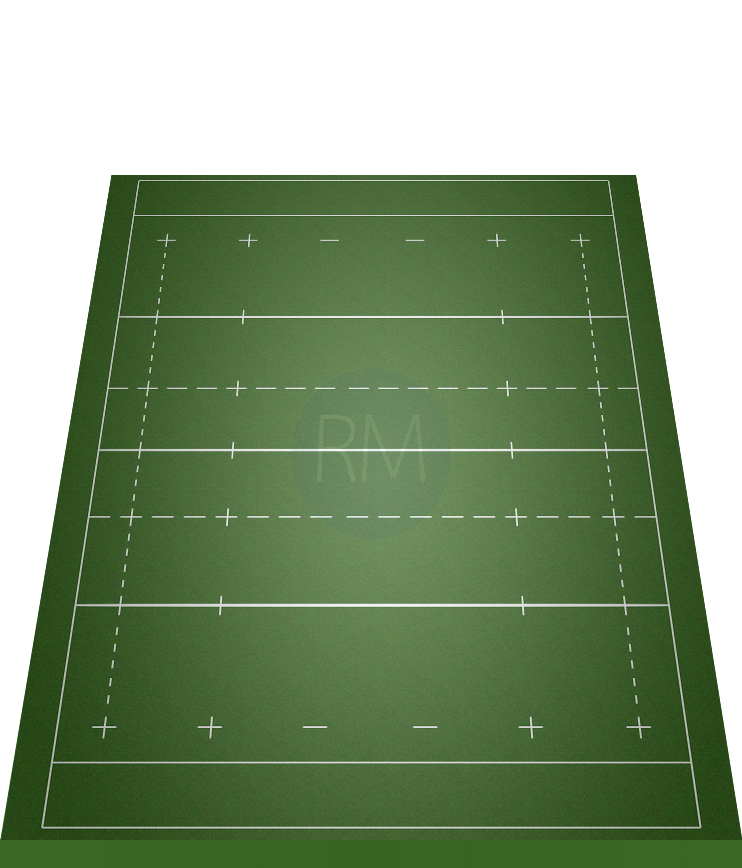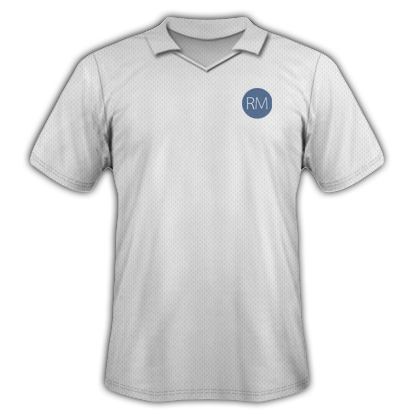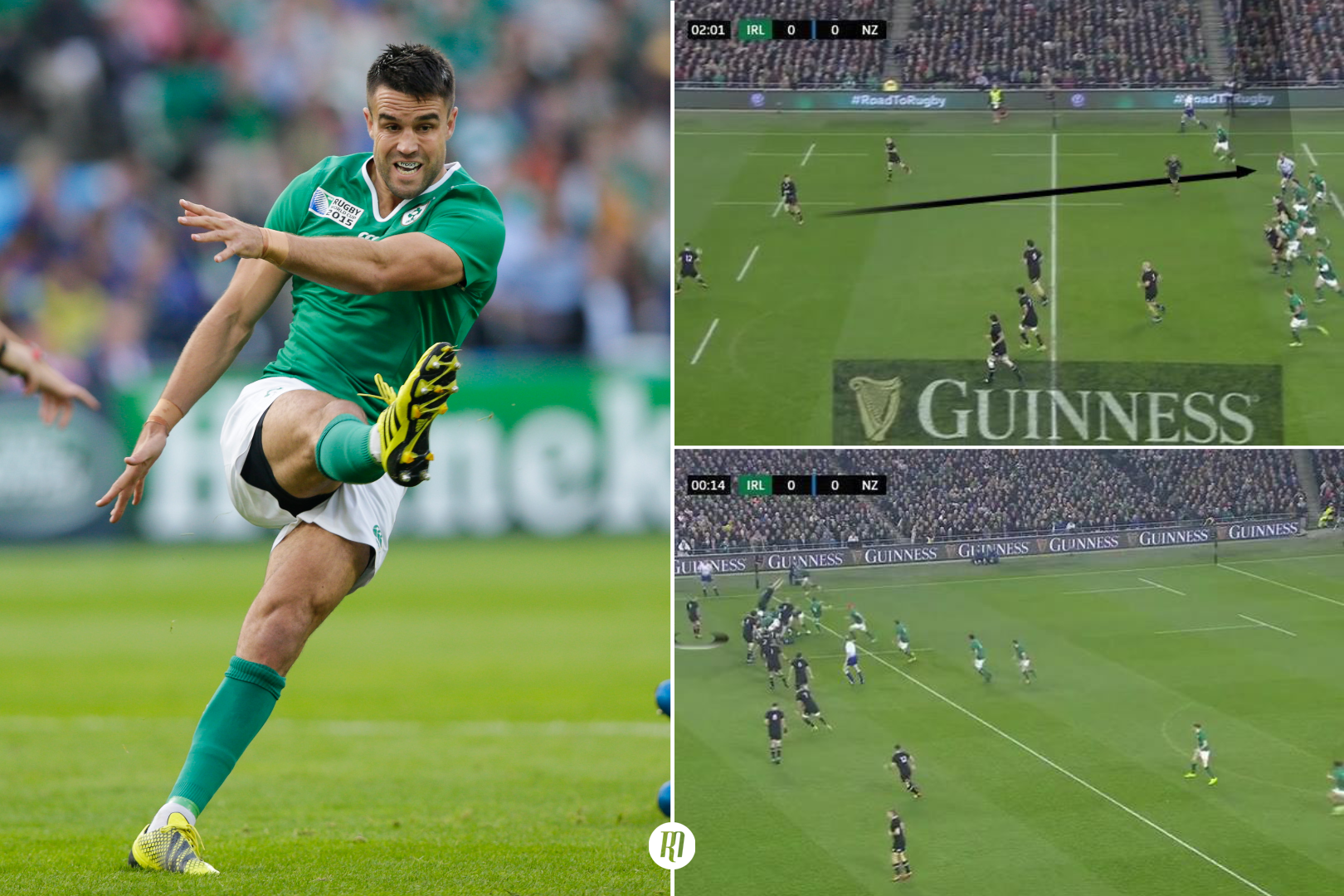Defensive Systems: Blitz or Drift
Edward takes a look at defensive systems in rugby and how and when to use them.
Defence is obviously a big part of playing rugby. There are going to be times when you don't have the ball, but not having the ball doesn't mean you can't control the flow of the game. How you defend will impact how the opposition play and how quickly you can retain possession of the ball. It is about playing to your strengths and their weaknesses.
It goes without saying that top level teams have an abundance of video footage with which they can analyse the opposition and exploit their weaknesses. I came away from England's recent game in Ireland with the feeling that the Irish backroom team had sat down and looked at the key areas in which England could be exploited, and then put that into motion as they matched up.
However, it is not so easy if you are a lower level club; you don't have the resources to do this level of scouting, but that doesn't mean you cannot put the correct systems in place to deal with different match situations. There are a number of key tactical areas we will look at in our Tactic Handbook, but this article will look at how your defence can impact the game, the pros and cons of the two main systems, and when you should be using each respectively.
There is not necessarily a one system fits all, even during a game, and constant communication is key to spot the type of defence you need to employ at a given point. Reading how your opposition are playing will ensure you choose the correct defensive system for a given situation. For example, if the opposition are making a lot of handling errors, put them under pressure with the blitz defence. On the other hand, if they are very good with the ball in hand, use the drift defence to encourage them to run side ways, using the touch line as an extra defender.
Blitz Defence
As I mentioned above, this defence is great at putting the ball carriers under a lot of pressure, giving them little time to offload, forcing them into a mistake. As the defence is coming up at speed, it forces the opposition to recycle the ball behind the gain line. To relieve the pressure, the opposition will often kick the ball away, allowing you to regain possession of the ball. This type of defence can also add a huge psychological advantage to your team, driving the opposition backwards, as well as leading to some big head on tackles. While head on tackles may not be the strong point for backs, one of the keys to this type of defence is to force the opposition back inside, so your bigger guys in the forwards can take the big hits.
There are disadvantages to running this type of defence though, the first of which is space. Rugby is a game in which creating and exploiting space is key; directions and angles of run with and without the ball will draw defenders into leaving spaces that players can run through. However at the same time, the job of the defence is to manage this space, and while the blitz nullifies the space in front of the players, it also leaves a lot of space in behind which is susceptible to cheeky chips or grubbers through. Equally, if a player breaks the line or the opposition succeed in getting the ball wide, they have a lot of space to run into.
Below is an example of the blitz defence pressuring the opposition, but also highlights the space in behind the defensive line:
Drift Defence
The touch line is your friend! If the opposition are going sideways, then they are not going forward, and shepherding them towards the touchline will drain them of their options. This will also put you in a position where you are tackling side on around the legs, which will lead to fewer missed tackles and allow your players to get over the ball. With this type of defence, the space you are allowing the opposition is to their outside, encouraging them to move towards the touchline. While they are likely to get over the gain line, the gains are manageable in that your players are in a better position to deal with breakthroughs or breakdowns, and moving across the pitch helps nullify any overlaps that the opposition have.
This is a key point for the drift defence here, if you can see that they have extra men in their line, you will have little success in utilising a blitz defence. They will likely drop a little deeper, giving themselves a little more time on the ball, and allowing them to spread it to the players in the wide areas of the pitch, who have no defenders in front of them. Drifting means that the opposition players take themselves out of the game: a four on three can become a three on three if the first of their players passes the ball and the three defenders drift. It is also worth noting that wingers will have more time to combat the oppositions kicking options.
This style of defence doesn't come without it's negatives though; it is a much more passive style of defence. You might utilise this as a counter attacking style of play where you play off the oppositions mistakes and try and punish their territorial gains once the play is turned over. As I mentioned above, the drift will allow the opposition the time on the ball to execute their plays which will likely see them cross the gain line, and an inside pass can catch a defender facing the wrong way, leading to line breaks.
Below is an example of the drift defence in action:
As a final thought, these defensive systems highlight the need for your situational awareness during a match. Hopefully these points can get you thinking about what you need to do in a given situation. The right thinking can put you one yard ahead, which might mean the difference between winning and losing the game, and it is always worth questioning what your role is in the bigger picture of the game.

Filed under:
Tactics Handbook
Written by: Edward Kerr
Follow: @edwardrkerr · @therugbymag













